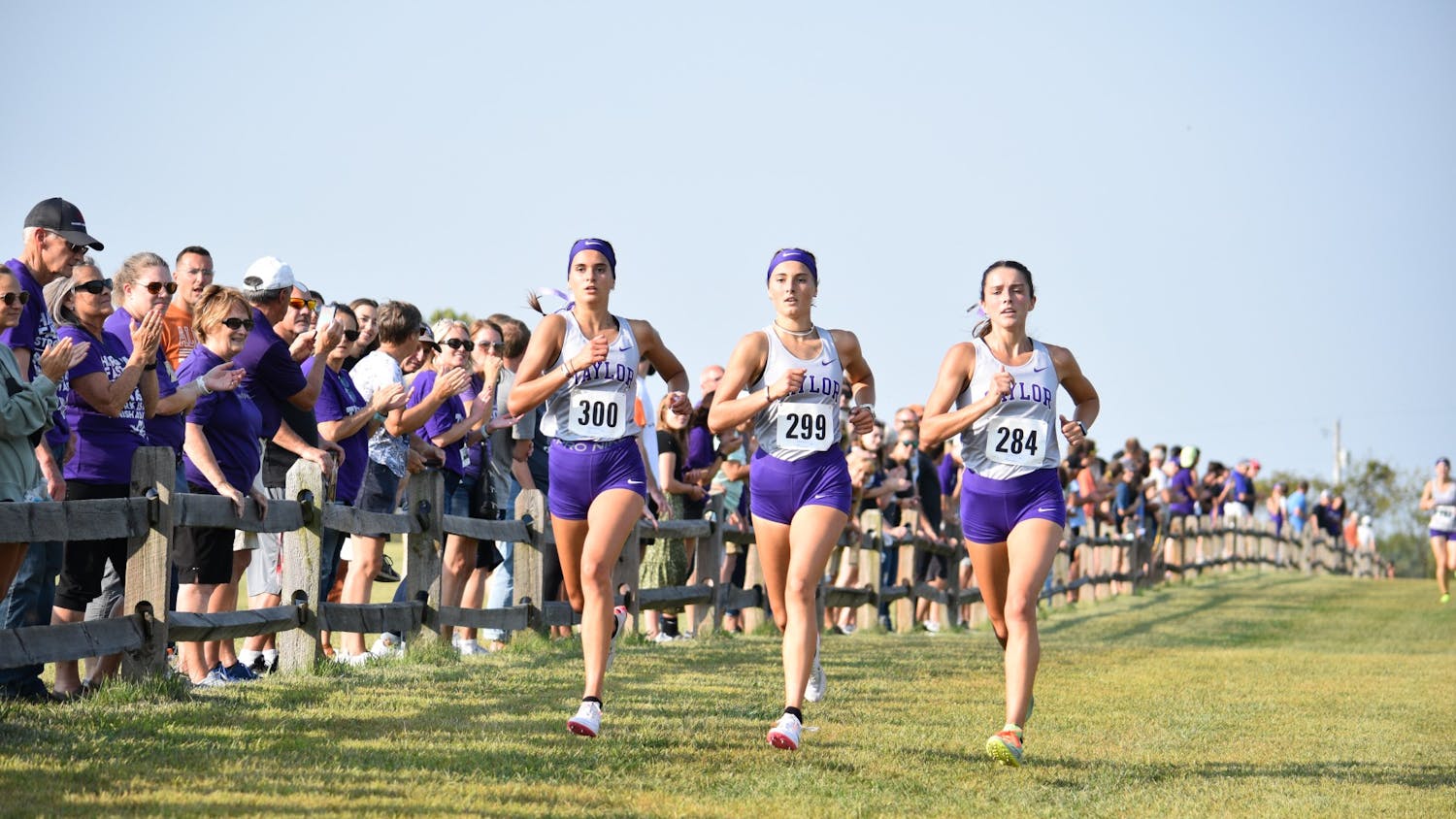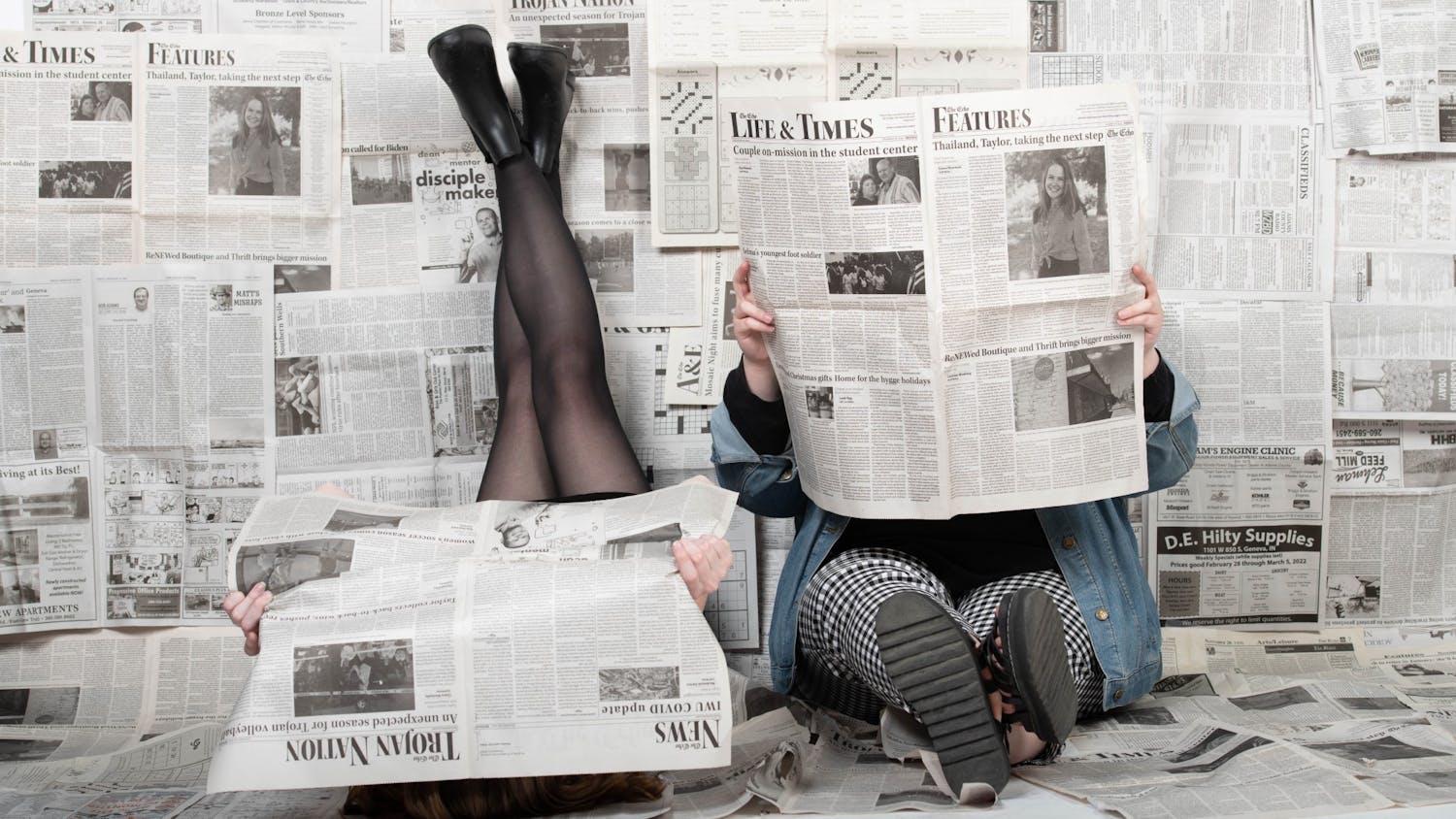While much attention has been turned toward the NCAA men’s basketball tournament in the past month, this year’s edition of the NCAA women’s basketball tournament deserves much of the same attention.
I’m not here to turn anyone away from the men’s tournament, but rather, call more attention to the women’s tournament.
From a fan standpoint, the women’s tournament has often been criticized for its lack of parity in that no. 1 seeds usually make it to the Final Four and win the tournament. In the past 10 years, 27 out of 40 no. 1 seeded teams have made it to the Final Four and each of the past 10 years, a no. 1 seeded team has won the entire tournament.
This year, two no. 1 seeds in the women’s tournament made it to the Final Four: South Carolina and Virginia Tech. While this may not sound like much of an improvement, three of the four teams are returning to the Final Four after long droughts.
No. 1 seed Virginia Tech is going to their first Final Four in program history. No. 2 seed Iowa is going to their first Final Four since 1993. No. 3 seed LSU is going to their first Final Four since 2008.
The women’s game also has some electric players including two that are playing in the Final Four: Iowa’s Caitlin Clark and LSU’s Angel Reese. In the Elite Eight, Clark put in a historic performance with the first 40 point triple double in tournament history, showing an ability to score, but also to make plays for her teammates. Reese has posted a double double in each of her four tournament games so far, averaging 22.3 points per game and 17.3 rebounds per game.
While the result of the tournament will already be known when this story is published, this year’s tournament has gone a long way in showing the potential of the women’s game. The question now is, will the fans respond? While television ratings for the tournament are at historic levels, attendance continues to be a problem with the Elite Eight games having no sellouts. Going forward, I think the NCAA should highly consider putting every NCAA women’s tournament game at campus sites to attempt to build a bigger fanbase. People, or even students, are much more willing to travel shorter distances than flying hours away and spending a lot of money on hotels and food.
There also seems to be no good reason that both women’s Final Four games aren’t on a local network, making these games harder to access. In contrast, both men’s Final Four games are on CBS, along with the championship.
No matter what the NCAA does though, I fear it may not matter because of the current stigma around collegiate and even professional women’s basketball. Spending just a few minutes on social media, you will find numerous hateful comments regarding the women’s game playing styles. People criticize the game, saying there’s not enough dunks or that they miss easy shots like layups. This is not a fair criticism of the game and is downright ridiculous as on the men’s side of the game, the same events can occur. Style of the women’s game is much more fundamental.
“It’s a very clean game, you can actually see the skill,” Amy Stucky, assistant professor of sport management said.
Women’s games can be just as exciting as men’s games and frankly I don’t understand why there’s such a gap in attention. NIL deals are helping to bridge the gap as companies are teaming up with athletes to bring more attention to women’s sports. This is something the media should take note of and start implementing as well.




